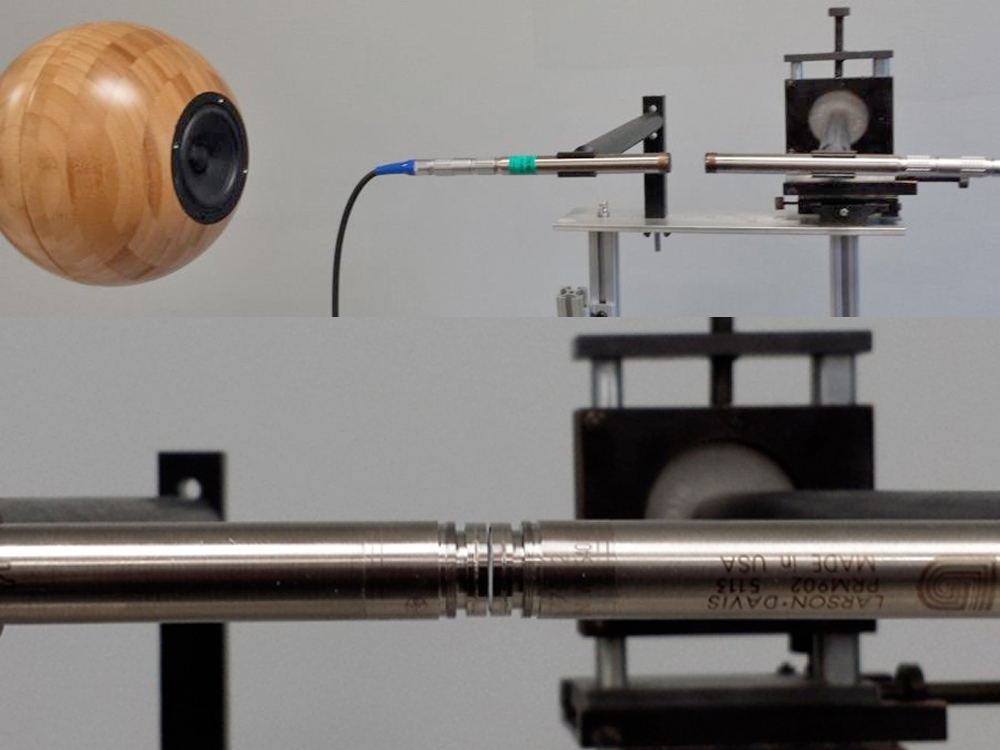For acoustic reference, the impulse of the acoustic reference determines t=0, so the location of measurement impulse is the difference in time of flight between the acoustic reference and DUT, not the distance of DUT to mic.
For electrical loopback, impulse of the electrical loopback is same point in time as the sound leaves the speaker, so location of impulse will be always the physical time of flight of DUT to the mic, always. For this reason, instruction for VituixCAD measurement with REW suggest to place the mic 1 meter from the baffle surface, and use 2.907ms of timing offset, or 1m time of flight so measurements are captured with positioning relative to the baffle surface.
Acoustic reference speaker should be a high frequency driver like a tweeter, do not a large woofer for an acoustic reference. You can measure whatever you want, but the acoustic reference output gets set to a different output channel, connected to a high frequency capable driver.
Yeah, all that is why I've avoided acoustic reference entirely, for years.
A surrogate acoustic reference like a separate tweeter, is a complete non-starter for the type speaker tuning I like to do, which gets time and phase alignment to within a few samples.


